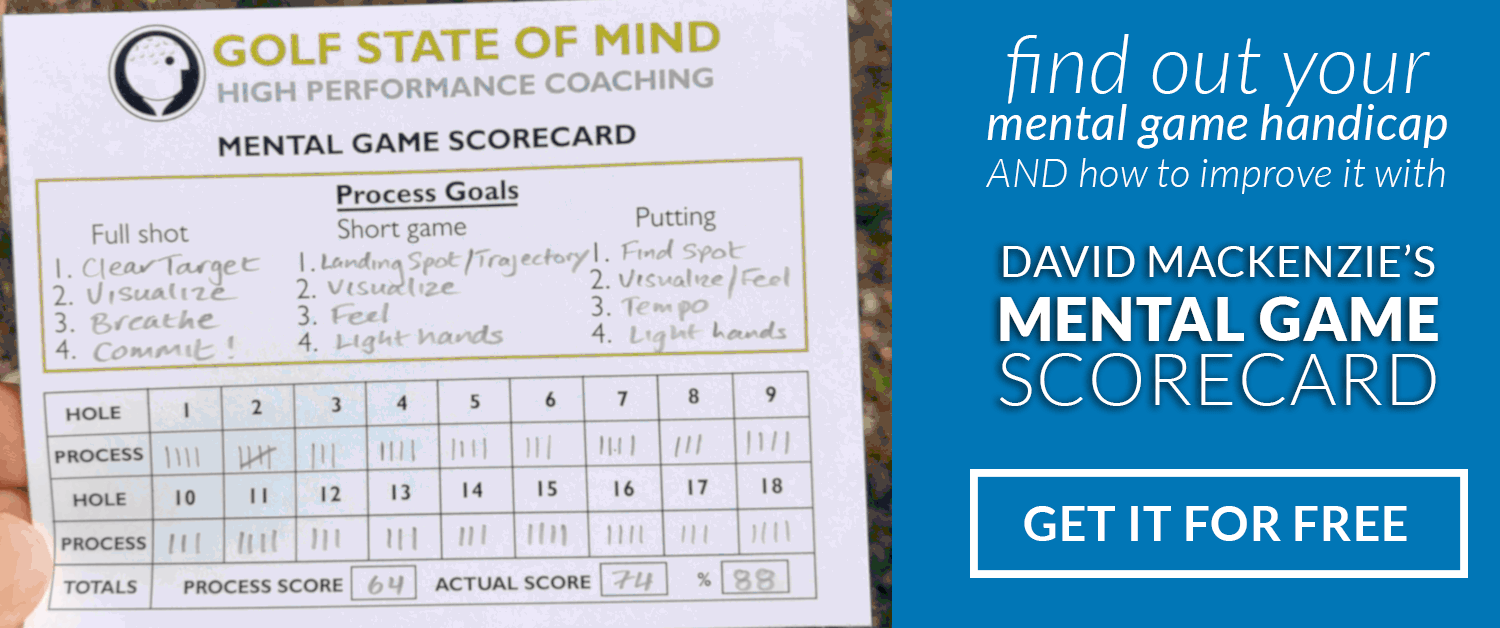
What We Can Learn From a PGA Tour Champion
Scott Stallings, winner of the 2011 Greenbrier Classic, did not accomplish this feat by accident or luck. He did so by maximizing his potential through many, many hours of hard work and sacrifice. For instance, in 2011 alone, he and his wife have only been “home” approximately 17 days.
So, what makes a champion besides the dedication? One facet about champions is that they compete. The book, Mental Toughness Training for Golf, discusses not only the importance of competing, but ways that we can actually create pressure in practice. The following example is how a PGA Tour champion competes.
On the Wednesday morning of the 2011 AT&T National, a day before the start of the tourney, there was mostly fine-tuning of some shots and strategy work being accomplished. One just has to think about the day before a NASCAR event, (the drivers are ready) it’s just refining how the car will handle and team strategy for race-day.
So, on the massive putting green at Aronimink Golf Club, Scott, Josh (his caddy) and I devised a way to capitalize on the putting practice. First, he had to two-putt every single hole on the green (9 total holes) and he had only one (1) opportunity. Next, we increased the pressure of the drill by placing a wager, which included either my doing 100 straight push-ups OR Scott wearing Phillies gear to the Red Sox – Philly game that evening (since he LOVES the BoSox, he had an extra bit of motivation.)
Now, the following is what helped make Scott a champion. There was one brutal putt, which was a downhill, 45-footer. Josh and I had putted to it a few minutes earlier from 15-feet and we couldn’t even get the putt to stop. The crux was that Scott had NOT PUTTED A SINGLE-PUTT on the green prior to the drill, so he had no accurate gauge of the speed. I figured he would save this putt for the end once he got a better feel of the speed to the other holes.
Scott said aloud “ I want to putt to the hardest hole first.” He lagged it to about six feet, made the two-putt, and was on his way. The picture on the side tells the story about who won the putting challenge.
This is just a snippet of why Scott Stallings is now a PGA Tour champion and how we can help our own game and life. When faced with a difficult challenge, resist the urge to finish the easier part first, and start out with the toughest piece of the task. It’s one of the simplest ways to compete and it will help build mental toughness.
“There is no comfort in sports, only opportunity”
Dr. Rob Bell is the author of Mental Toughness Training for Golf, a certified sport psychology consultant, and assistant professor of sport psychology. His website is drrobbell.com
Photo by Keith Aliison



Great Post,
This is something all golfers can be doing when practicing at the golf driving range. Visualizing shots as though they are actual shots on the golf course. This gives it a more realistic perspective instead of just hitting golf balls for the sake of it.
Cheers
Hi Rob, I enjoyed the story, but anyone who has ever done that drill before, that has any sense, would putt to the very hard putt first because you would not want to get all the way to the end and then have the hardest challenge because chances are, you would probably 3-putt and then you would have to start all over again. He did it the easy way, that is not mental toughness — that is good strategy! All the best, Lisa